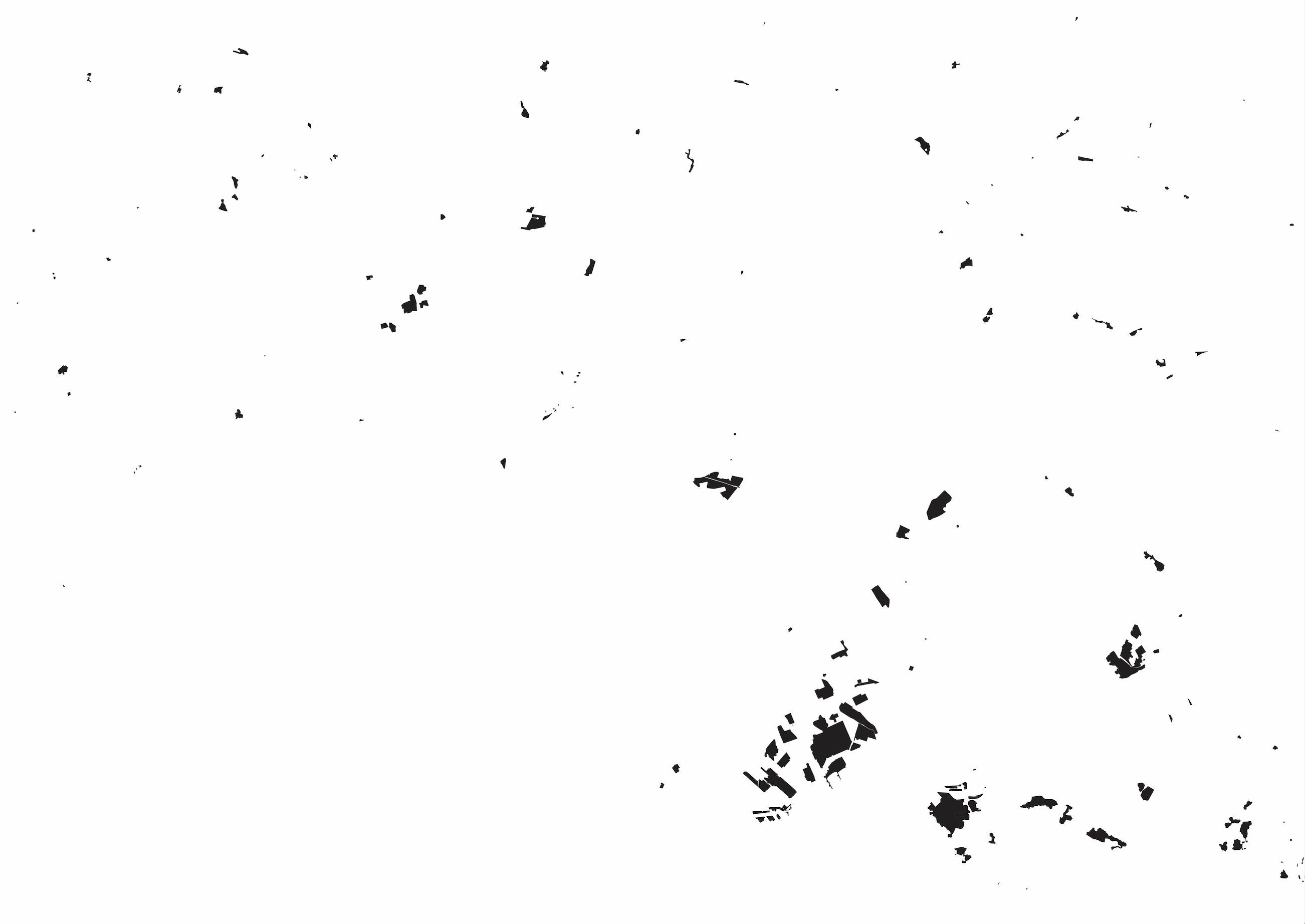

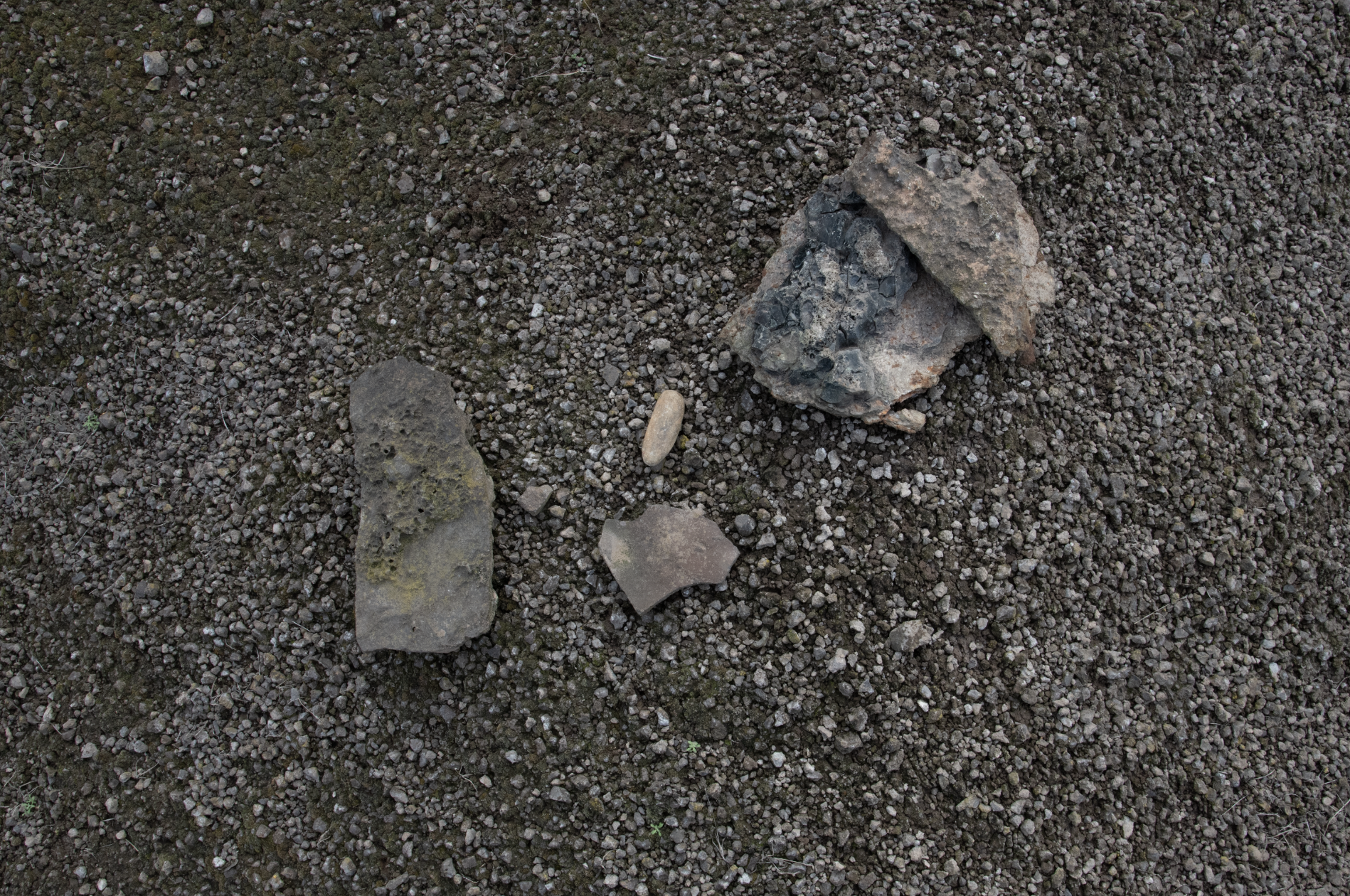
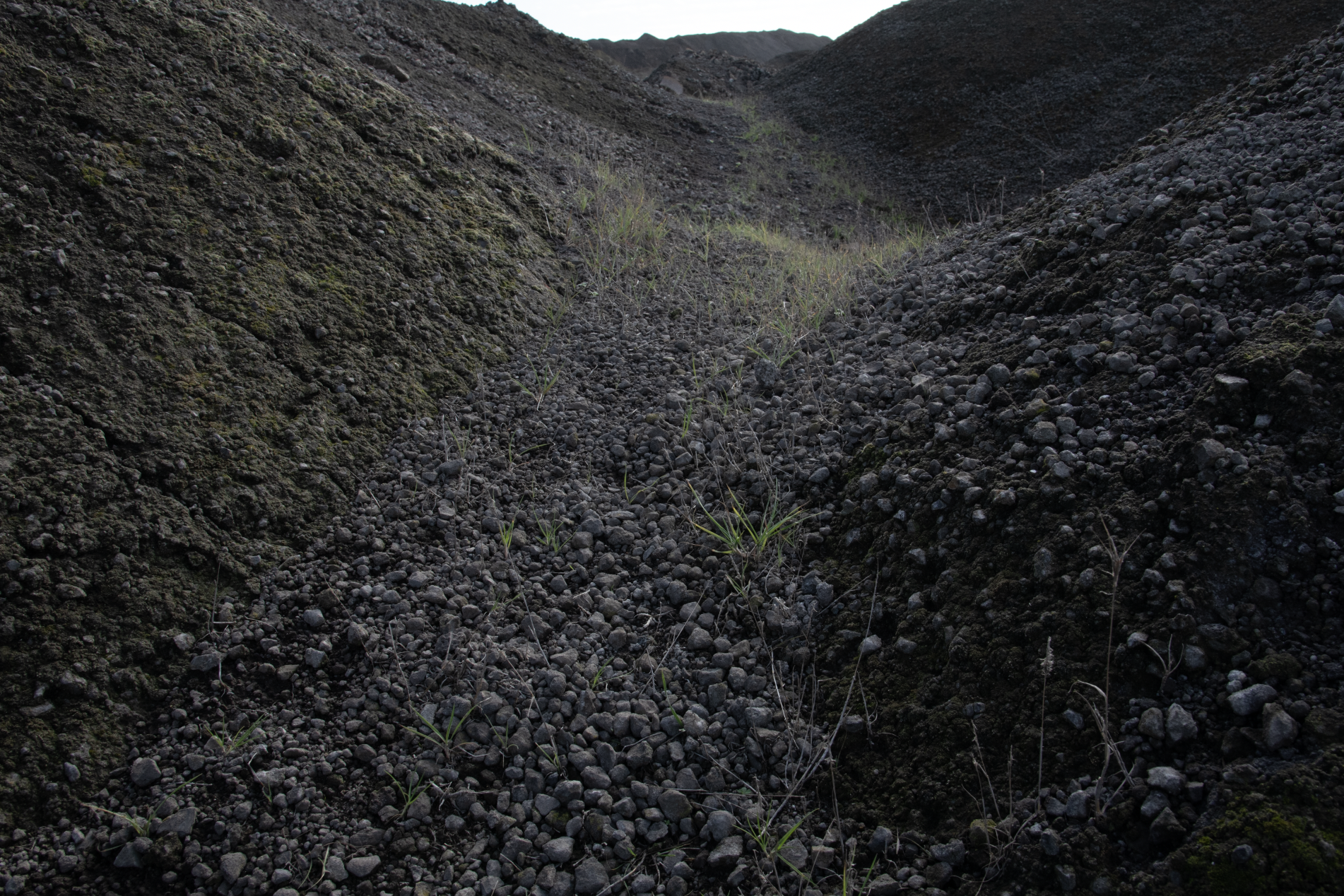
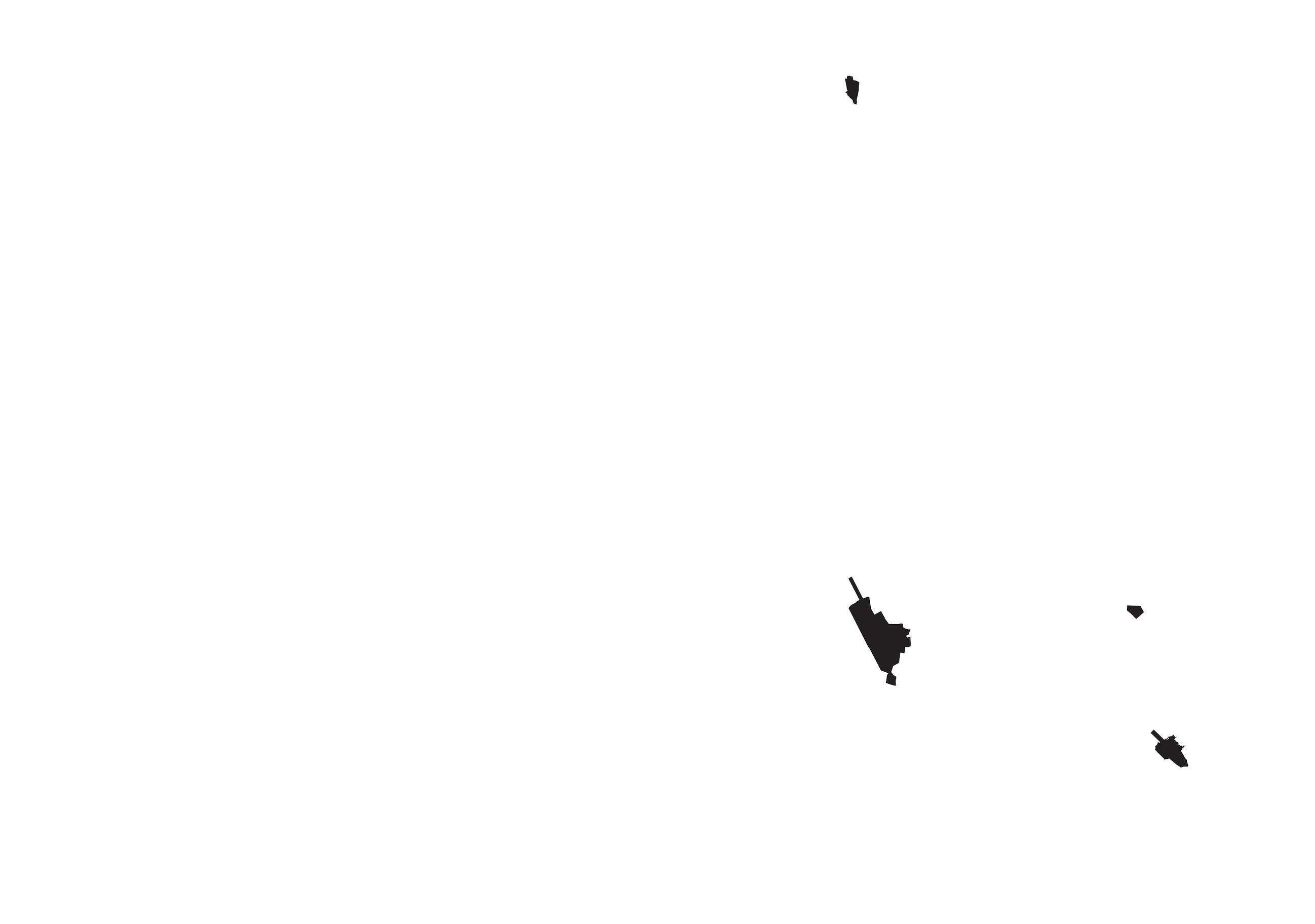

Rendering rouge, source : Reserves naturelles de France.
Rendering noir : Militaro-industriel, source TM‘20.
III. THE NEST
#10 The wild man's nest
Seperated from them, I have to look at those same satellite images,
to see how those deltaic currents collide, with such force that the trajectories remain visible on the seabed. Like coral reefs, deltas are fragile and vital. They are also the most biomass-producing places on the planet. I don't think we are aware that we once too had 'tropical forests'; now that mankind has built the largest
of its ports on such deltas and estuaries.
#11 Triangle is a square
If the land part of adelta is triangular - like the 'fossil' delta of the Durance - the Camargue delta has gradually sunk into the Mediterranean Sea. It is said to be lobed.
If we add the prodelta, the submerged part, it forms a second triangle
of sediments on the seabed, you get a perfect square.
#12 Where the products are born
The port is the first port of call for everything that becomes artificial and refined. This is where our resources and digital purchases transit. At a time of post COP21 ecological commitments, the Mediterranean's biggest logistics hub is being built on the last remaining and the last arid steppe of our continent. And in the midst of public confinement, these networks, which are considered essential, remain active 24/7.
IV. THE GUARDIAN
#13 We don't live there anymore.
It's hard to find what this delta once ressembled. Researchers and guardians lead me to the lake of the Vaccarés at the centre of the Camargue. They take advantage of the sunrise to count the species. Apart from ancestral grazing and the current lack of river water the area is close to what we could call a primary state of delta. But it is a off-limits reservation or of private property. Even its researchers no longer live there.
#14 Closed reserves
Despite everything, this vast space of reds and greens, with the mountainous structures in the distance, transports me to the savannahs of Tanzania. The ornithologist looks at me surprised, then says, "Yes, it's amazing how we no longer realise how much our landscapes can resemble to what we expect to find far away".
#15 Only species.
A third of the species are threatened with extinction, it may get worse. While I walk here, few species are extinct in such wetlands[1]. Yet, populations have been halved since 1960, excluding invasive species encouraged by monocultures. So I understand that endangered species do not easily leave their habitats, despite their pollution. With the “headcount” of genders and species intact, things seem the same, people think its business as usual.
[1] Terminology Tour du Valat Camargue '18.
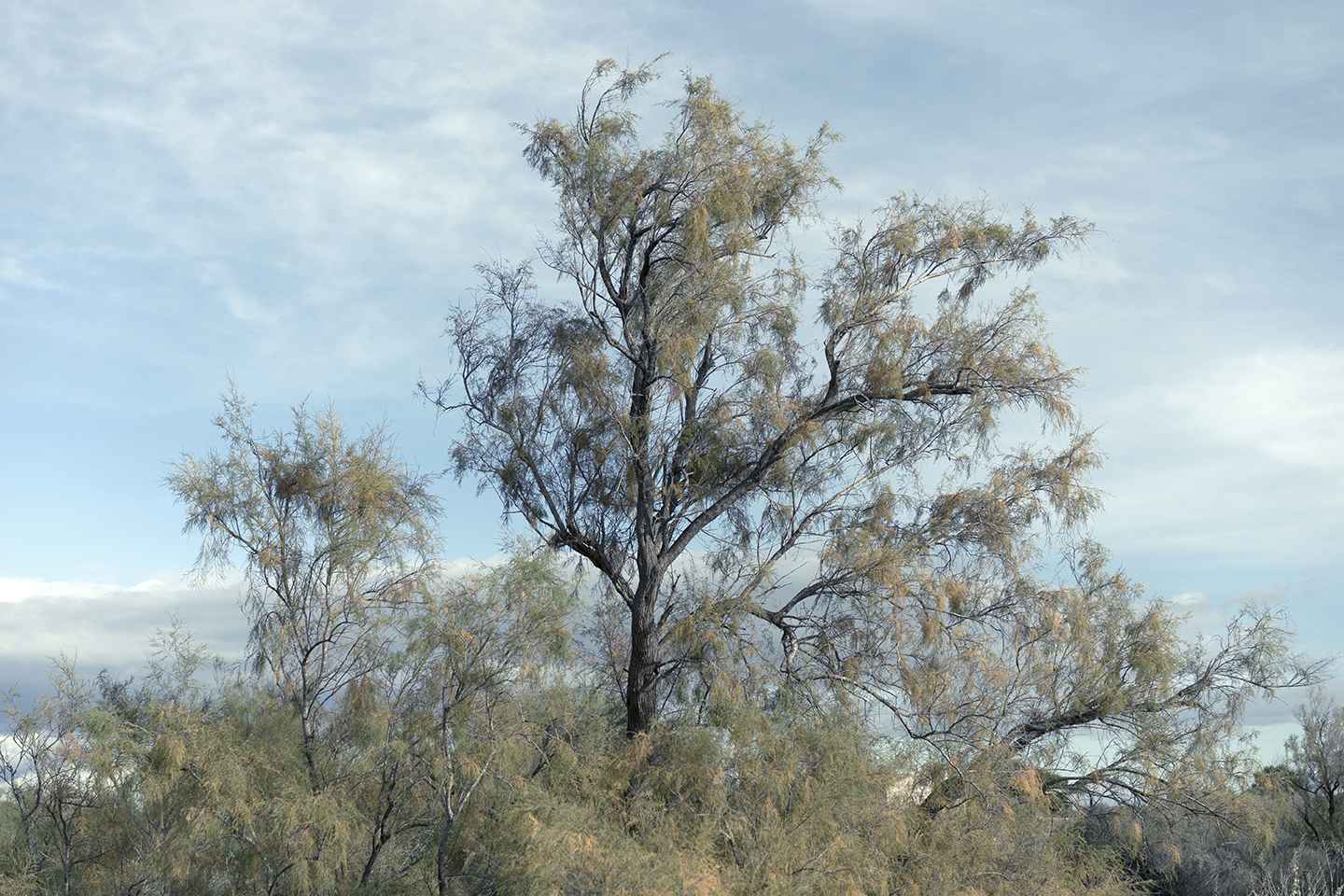
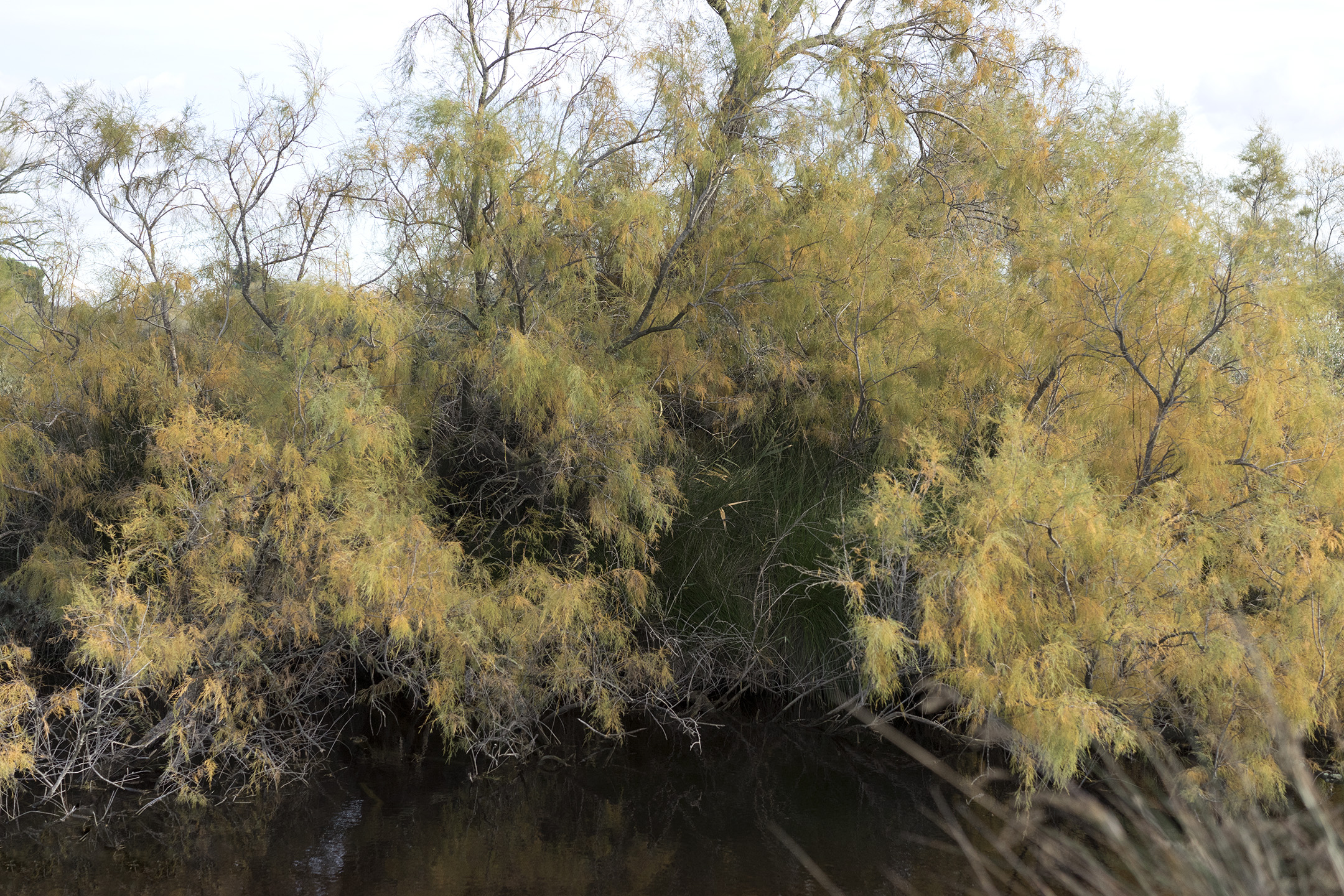
SIPKES. 52x36cm. SILVER PRINTS. SWAMP TREES.